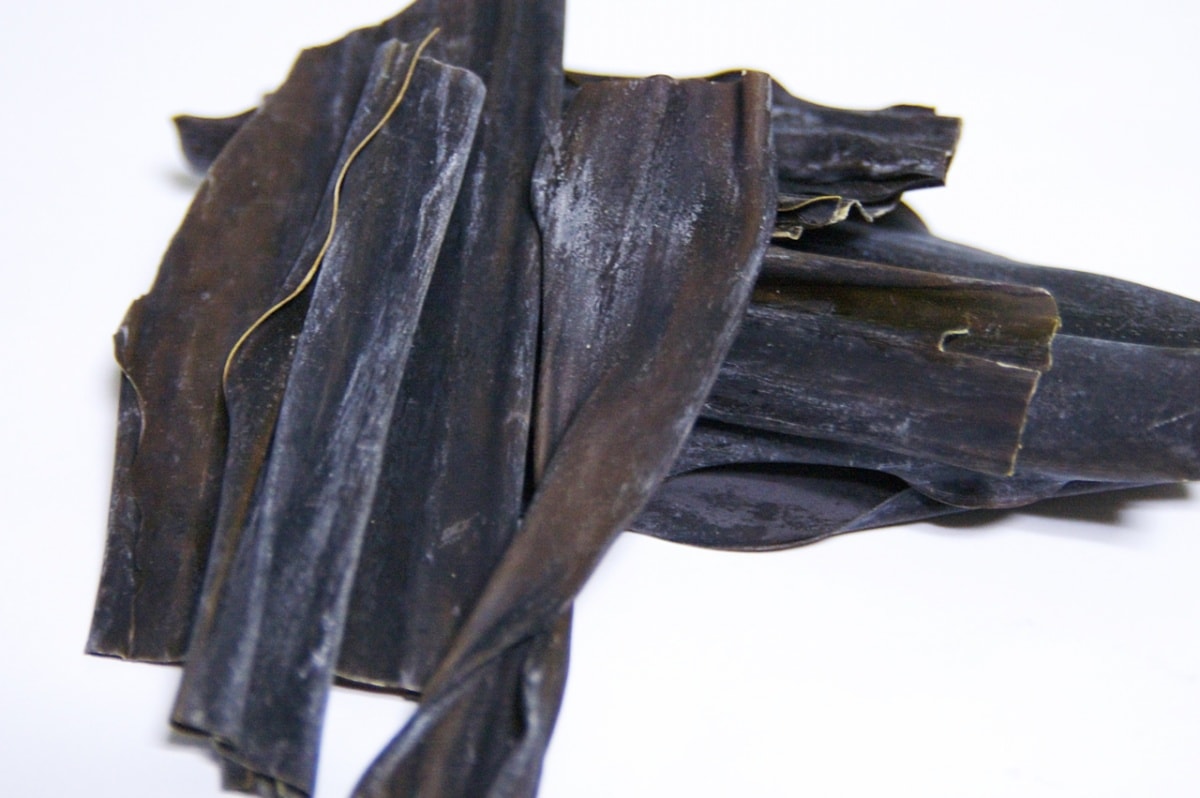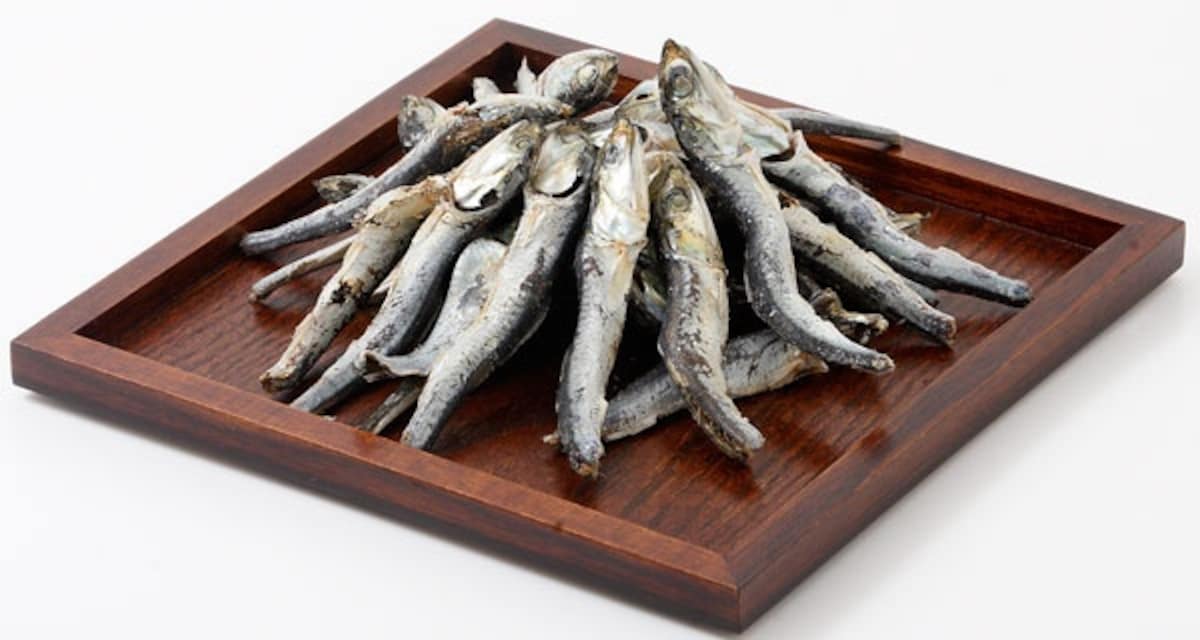Umami: The 5th Dimension of Taste
Salty, sweet, sour and bitter are familiar terms to describe taste. Yet a fifth, umami, is less well-known but just as prevalent. Umami, a word that literally translates as “delicious,” has been part of the Japanese culinary lexicon for thousands of years.
By AAJ Editorial TeamUmami Unleashed
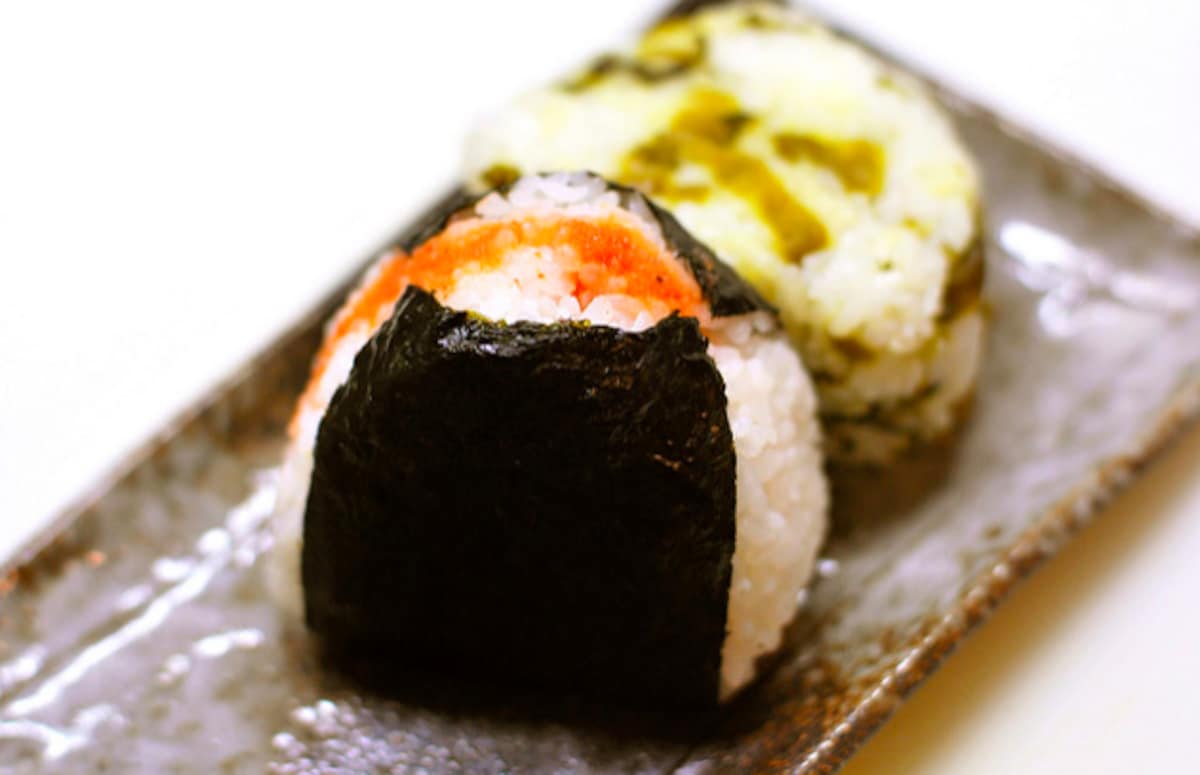
Other cultures and vocabularies use words like “rich”, “deep”, or “savory,” but whether from East or West, when we encounter it the reaction is the same: “Umai!” (“Beyond delicious!”)
Kikunae Ikeda, a professor of chemistry at Tokyo University, discovered in 1908 that glutamate, a flavor-enhancing amino acid, was what gave dashi (a broth made from water, konbu and dried fish) its distinct taste and named it umami. Glutamates then react with ribonucleotides, another naturally occurring chemical in foods, to multiply and magnify flavor. Cooking, drying and fermenting all release these amino acids, resulting in increased levels of umami.
In 2000, American researchers discovered receptors on the human tongue specifically for umami. They signal the presence of protein, which is made of amino acids and integral for survival. The food in question then becomes nearly irresistible.
Classic Japanese cuisine relies on a handful of basic ingredients and practices that bring umami to bear in a wide range of dishes where nearly every morsel of every meal is unforgettably delicious. It is perhaps what makes eating in Japan something of a national pastime and what helps to keep the population relatively thin. (Umami reacts with bacteria in the stomach to tell the brain when it is full.)
While artificial versions do exist (Ajinomoto began producing monosodium glutamate (MSG) one year after Ikeda made his discovery), the natural sources remain tasty favorites.
Konbu (Kelp)
The indispensable ingredient for good dashi, konbu is one of the world's richest sources of umami, with 3,190 milligrams of glutamate per 100 grams. (Beef has 107 milligrams of glutamate while tomatoes have 246 milligrams.)
Grown primarily in Hokkaido, Japan’s northernmost island, konbu has been integral to Japanese cuisine since the ninth century, when it was considered to be a gift fit for the gods. A few small strips of dried konbu soaked overnight in cold water then briefly simmered with katsuobushi or niboshi creates a broth that is a cornerstone of Japanese cuisine.
Katsuobushi (Dried Tuna Flakes)
One of the main ingredients in dashi, katsuobushi is made from dried and fermented katuso (skipjack tuna). In its original form, dried katsuo resembles a fish-shaped block of wood from which cooks would traditionally shave flakes as needed. Still a part of the modern Japanese pantry, katsuobushi is sold pre-shaved in large bags.
Katuso is already rich in umami; however, drying and fermenting not only preserves it for later use but increases those levels making it a favorite ingredient for okinomiyaki (savory pancakes), takoyaki (octopus dumplings), and ohitashi (blanched greens).
Niboshi (Dried Young Sardines)
Niboshi are another popular ingredient used for homemade dashi, especially when preparing miso soup, and are sometimes used as a less expensive substitute for katsuobushi. Soaked overnight in cool water and then simmered on low heat for less than five minutes, niboshi produce a richly flavored broth.
In Japan, niboshi dashi is one of the more common forms of dashi, but can have a stronger fishy taste than dashi made with katsuobushi. Niboshi are also a popular addition to ramen soups, where their distinctive flavor adds depth and complexity to this popular noodle dish.
Daizu (Soy Beans)
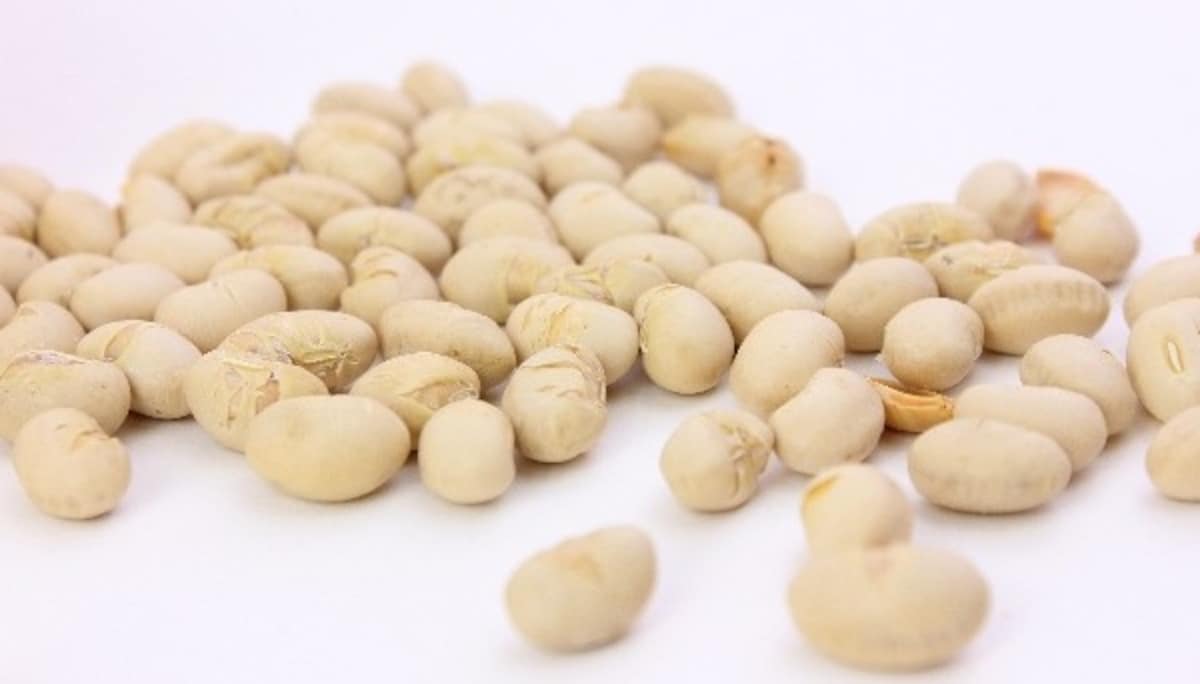
A primary source of protein and umami, daizu appear in myriad forms in Japanese cuisine. Eaten fresh as edamame, daizu are preserved through fermentation as miso, shoyu (soy sauce) and tofu, which further boosts the level of umami. (Shoyu contains 782 milligrams of glutamate, while plain daizu have 66 milligrams.)
Perhaps it’s no coincidence then that these items are present at every meal, whether it’s a splash of shoyu with sushi and sashimi or piping hot bowls of miso with tofu and shijimi (clams).
Hoshi Shiitake (Dried Shiitake Mushrooms)
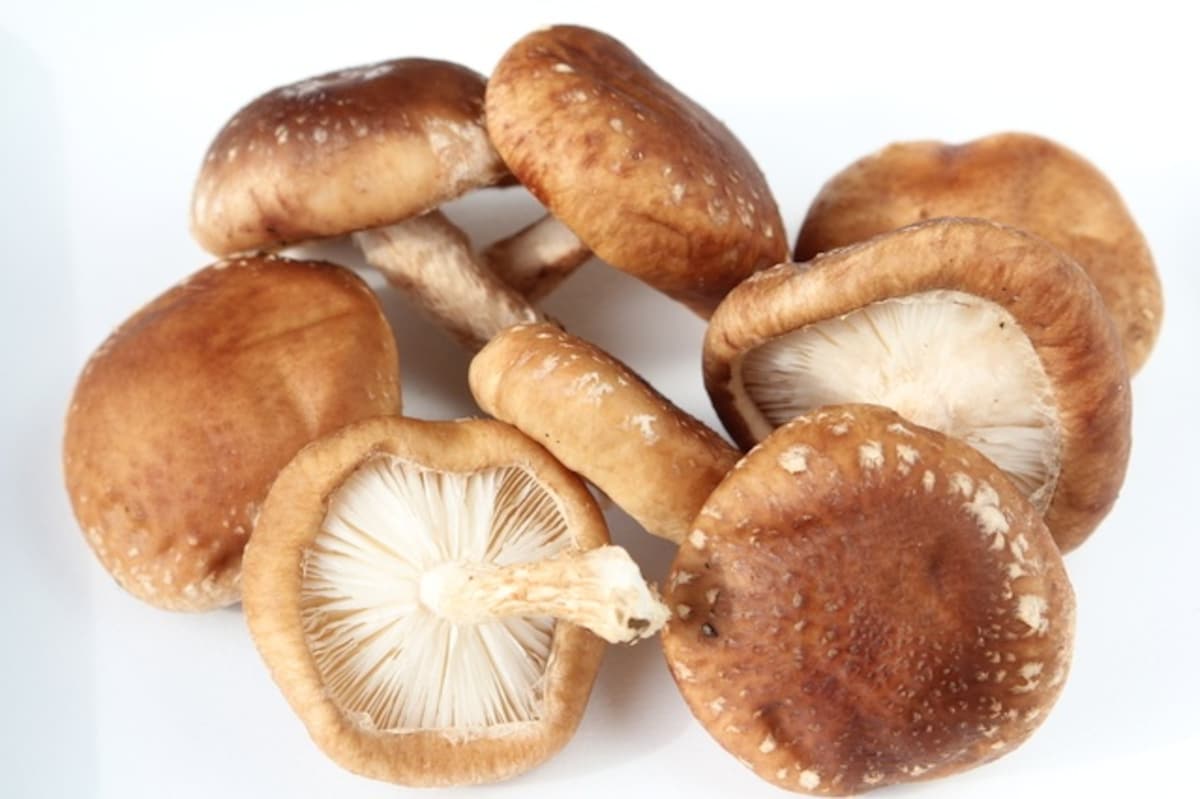
Native to Japan, shiitake are another basic Japanese ingredient rich in umami. Mushrooms in general have a high level of umami, but fresh shiitake are particularly high in it, with 71 milligrams of glutamate per 100 grams.
Dried shiitake have 150 mg/100g of the nucleotide guanylate, which reacts with the glutamate in other foods to accentuate their flavor. Tempiboshi (sun-dried) shiitake are considered particularly flavorful, making them ideal for vegetarian and regular dashi alike. They are also used in a variety of steamed and simmered dishes, where they draw out the flavors of the other ingredients.
Dashi: Everyday Umami
Dashi is a carefully concocted broth used in almost every dish on a daily basis. Its distinctly rich flavor easily lends itself to the soup for hot noodle dishes or the dipping sauce for cold noodles and tempura.
Dashi’s abundant umami makes the difference between ma-ma (ok) foods and umai (extremely delicious). Basic dashi uses konbu, katsuobushi and water as its primary ingredients. Other ingredients often high in umami themselves, such as shiitake or tiny dried fish, can be added depending on taste or the dish in question. Stir in some mirin (cooking sake) for sweetness and it becomes tsuyu, another excellent soup base and dipping sauce.
Umami & World Cuisine
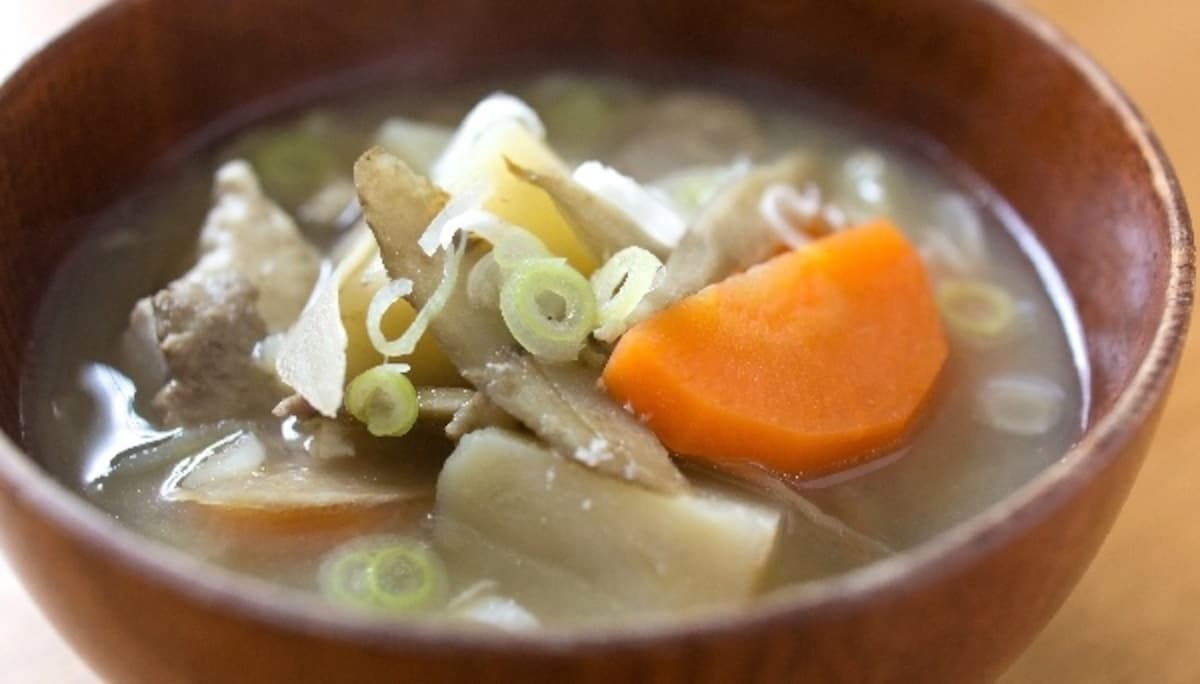
Since Ikeda’s discovery in 1908, and the realization by a team of researchers nearly ninety years later that umami receptors exist on the human tongue, the concept and its related elements have gained a momentum of their own. Creative chefs around the globe search out these classic Japanese ingredients and items to craft new recipes and foods that tease the palate and thrill the taste buds.
Itadakimasu! (“Let’s eat!”)


